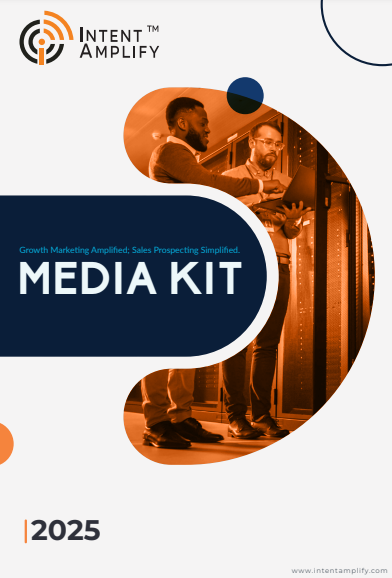
Geofencing at Events: A Smarter Way to Capture and Convert Leads
- Last updated on: October 23, 2025
Location and timing in B2B events engagement can either lead to success or failure of the latter. While conventional event marketing is mostly based on big campaigns, nowadays marketers already employ precision targeting that is geofencing-powered.
Through geofencing, a virtual boundary is established around certain premises, such as those of a conference center or a trade show venue, and mobile actions are initiated upon encountering or leaving that area by the prospects. It’s not the mere sending of alerts that excites B2B marketers but rather the matching of intent with opportunity, and that too, instantly.
The global geofencing market size was valued at USD 2.20 billion in 2023 and is projected to grow from USD 2.65 billion in 2024 to USD 12.23 billion by 2032, exhibiting a CAGR of 21.0% during the forecast period. By reading this article, you get to know the underlying mechanisms of geofencing at events, its importance, and how it can be used for capturing and converting leads that are qualified with measurable ROI.
What Is Geofencing at Events?
Geofencing defines a virtual boundary around a particular area using GPS, RFID, Wi-Fi, or cellular data. In case a mobile device of a person is within that area, an automated message, advertisement, or alert can be sent to that person immediately.
This technology at events permits marketers to reach those attendees whom they can locate through their proximity, thus giving them the chance to deliver micro-personalized content, promotion, or offers at the time they are of most use or relevance.
In particular, a company, should a decision-maker enter a booth area, can send a push notification that is tailor-made, informing them of a product demo or session. It is direct, contextual, and controlled by data, i.e., the modern way B2B engagement to be is.
Why Geofencing Matters in B2B Event Marketing
Events are expensive, high-stakes bets on future business. Nevertheless, the majority of brands still use a one-size-fits-all approach for the outreach that happens before or after the event, thus they fail to recognize the very important time for engagement, which is “in-the-moment”.
45% of retailers say they achieved increased foot traffic through geofencing campaigns. With geofencing, the story is different as it changes the nature of the relationship. It helps to a passive presence to be turned into an active participation. When they set up smart location triggers, marketers can:
- Direct to local content, those attending the event, and right at the moment.
- Offer time-sensitive deals or in-booth experiences that can excite customers.
- Measure foot traffic and create engagement locally.
- Resend the message to the audience after the event, based on where they had been.
B2B buyers ask for personalization and relevance; geofencing will be able to provide both of them simultaneously and on a large scale.
How is Geofencing Implemented at Events?
Basically, geofencing combines location intelligence with marketing automation. This is the practical side of the story:
- Establish the Area: The marketers draw a virtual limit (for instance, 100-500 meters) around the place where the event is held.
- Use the Boundary for Campaigns: The border is linked to CRM, ad platforms, or mobile apps.
- Encourage Stimulation: If visitors are in the area, they will receive the latest event-related messages – for example, booth invites or tickets.
- Record Data: All the interactions happen in the log, which gives the possibility for marketers to see movements, notice the length of the stay, and the degree of engagement accomplished.
The consequence is a data-driven feedback loop that uses location signals to derive marketing intelligence that is able to optimize event ROI in real time.
Using Geofencing for Lead Generation
For B2B marketers, geofencing is a game-changer for lead capture and qualification. By mapping audience behavior within event zones, you gain insight into buying intent. Imagine this scenario: your sales team identifies 200 accounts attending a trade show. You set up geofences around your booth, keynote hall, and competitor zones.
- When target buyers approach your booth area, they receive a personalized push notification.
- When they enter a competitor’s zone, you trigger a competitive offer or follow-up ad.
- After the event, you retarget those who engaged with post-event nurture campaigns.
This level of precision transforms random event foot traffic into actionable sales intelligence – driving measurable pipeline outcomes.
How to Implement Geofencing in Your Event Strategy?
1. Start with Clear Goals
Clarify how you measure success. Are you concentrating on awareness, booth traffic, or lead conversion? The point of your activity will determine your geofence setup, messaging, and metrics.
2. Choose the Right Technology
Geofencing platforms should be used that can be integrated with your CRM or marketing automation tools. To decide on such a platform, you might want to consider features such as audience segmentation, analytics dashboards, and retargeting capabilities.
3. Craft Contextual Messaging
The position of the geofence is irrelevant if the message is not powerful. Develop abbreviated, value-focused messages–consider session invites, product updates, or QR codes for instant engagement.
4. Coordinate with Sales Teams
Through the use of real-time notifications, ensure that your sales reps are aware of the time when the prospects interact with the event zone and that they can take the necessary steps immediately.
5. Measure and Optimize
After the event, the monitoring of analytics is essential. Footfall, engagement rates, and conversions should be tracked. Refine future geofencing campaigns and event investments by the use of such data.
Best Practices for Maximizing Impact
- Keep radius relevant: The targeting precision will be higher with a smaller radius.
- Respect privacy: Ensure that you have the user’s permission for location-based tracking always.
- Test timing: Do not send too many messages; send timely, relevant messages.
- Use layered targeting: Geofencing can be combined with account-based targeting to give precise outreach.
- Leverage retargeting: Maintain contact with the attendees after the event, which will prolong their engagement.
By implementing geofencing in a well-planned manner, it can turn the event into a complete marketing funnel.
Examples of Geofencing in Action
- Technology Events: SaaS companies use geofencing to drive booth traffic by offering demo invites and live session alerts.
- Financial Conferences: Fintech brands send personalized offers to C-level executives attending high-value sessions.
- Healthcare Summits: Brands target professionals in specific zones like innovation labs or startup pavilions to showcase solutions.
These examples show that geofencing isn’t just about proximity – it’s about contextual engagement that aligns with intent and timing.
The Future of Geofencing in B2B Marketing
With AI and predictive analytics getting better, geofencing will not be limited to just fixed areas. It would not be a surprise if the next real-time triggers were based on intent data, AI scoring, or cross-channel signals.
Starting from 2025, the combination of geofencing with ABM, programmatic ads, and event analytics will lead to the creation of a single marketing ecosystem that will link offline behavior with digital intent. For growth marketers, it is the next frontier of precision-led engagement.
Final Thoughts
Geofencing at events is not merely a trend – it is a strategy that leads to smarter engagement, deeper insights, and improved ROI. Through the proper alignment of technology, data, and timing, you are able to craft the kinds of experiences that not only attract more buyers but also, in a shorter time span, move them from awareness to conversion.
In case you are organizing an event, or simply exhibiting at one, geofencing is what makes your brand stand out and helps you to reach the right audience with high intent when it is of the greatest value.
Ready to Amplify Your Event Marketing ROI?
At Intent Amplify®, we help B2B brands use data, technology, and creativity to drive measurable growth. From lead generation and content syndication to account-based marketing and event promotion, our strategies turn intent into action.
Let’s transform your next event into a lead-generation engine. Contact us today to learn how we can help you reach, engage, and convert your target accounts effectively.




